|
On a trip to Florida, I visited the Washington Oaks Gardens State Park to check out the coquina rock formation on the beach. This type of rock, whose name is derived from the Spanish name for “shell”, is only found in a few places around the world, but it is plentiful in Florida. What makes this rock unique is that it is made up of millions of tiny shells that have been cemented together. If you inspect the rock you can easily make out the individual shells. The way this rock was made is that over thousands of years the small mollusks that made the shells died and through wave action the shells got sorted and deposited in ever deepening layers. When the sea receded, the layers of shells were exposed and rain percolating through the top layers dissolved some of the calcium in the shells and deposited it in the deeper layers gluing the shells together and forming the rock. The action of the waves erodes some areas of the rocks in a circular fashion creating pools of sea water. As the erosion of the rock progresses the bottom of the pools is breached, and this gives rise to round holes in the rocks. Besides its geological characteristics, the coquina rock in Florida is also interesting for historical reasons. Spain had founded the city of Saint Augustine on the East Florida coast in 1565. By the 1600s the Spaniards began fearing the British would invade the city, and they decided to construct a fort that still stands to this day called “Castillo San Marcos”. As the only rock they could find in the area was coquina, the Spaniards erected the fort employing this rock. So essentially the Spaniards built a fort made of shell fragments glued together by erosion to ward off a British invasion! The British attacked Saint Augustine on 2 occasions, in 1702 and 1740. They subjected the castle to heavy cannonball fire trying to breach its walls, but to their surprise, the castle walls did not shatter when hit by the cannonballs. Rather the cannonballs either bounced off the walls or were absorbed into the coquina rock and the castle held its ground against the invaders. It was only in 1763 that the British gained St. Augustine (and all of Florida) as a result of the treaty of Paris.
So what happened? How could rocks made out of glued seashells resist cannonballs fired at them? The impact response of coquina has been studied. Because of its make up, coquina is a very porous rock that deforms easily when something impacts against it. While other rocks experience brittle fractures and shatter as a result of an impact, coquina has a high capacity to absorb energy from projectile impacts. And this ability has not merely allowed the Castillo San Marcos to resist the British sieges, but it has also allowed the fort to resist hurricanes and tropical storms, and remain standing for more than 300 years. Not bad for a rock made out of glued seashells, eh? The photographs are by the author and they can be used with permission.
0 Comments
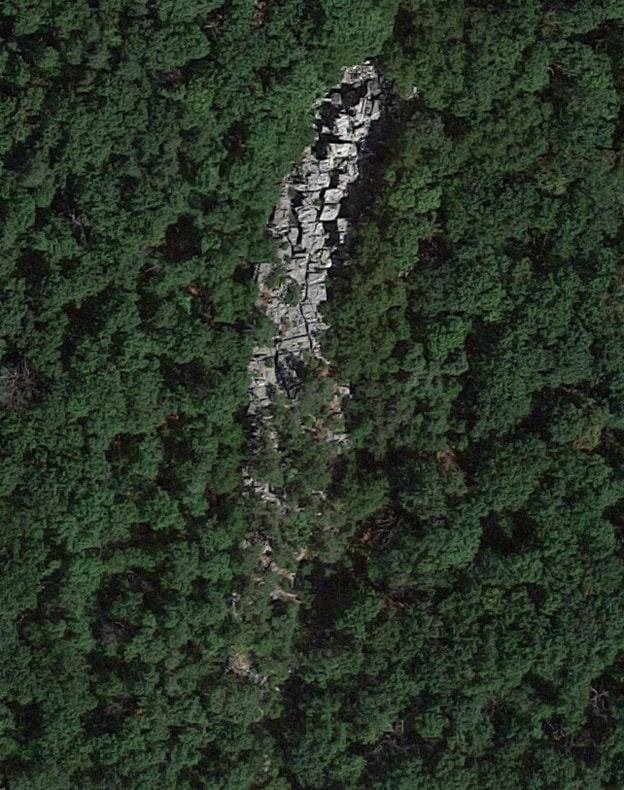 Wolf Rock in Google Maps (copyright Google 2018) Wolf Rock in Google Maps (copyright Google 2018) I have visited Wolf Rock several times while hiking in the Catoctin Mountain Park in Maryland. I keep returning to this rock formation despite the fact that you can’t see anything from it, as opposed to the breathtaking vista you can see from nearby Chimney Rock. So I decided to write a post about it. Wolf Rock is a large stretch of rock around 400 feet long and 30 feet high that protrudes over the surrounding woodland. The northern half is sufficiently clear of vegetation that you can see it using Google Maps. From above, it seems to be made of blocks that have been assembled next to each other (see picture at left). 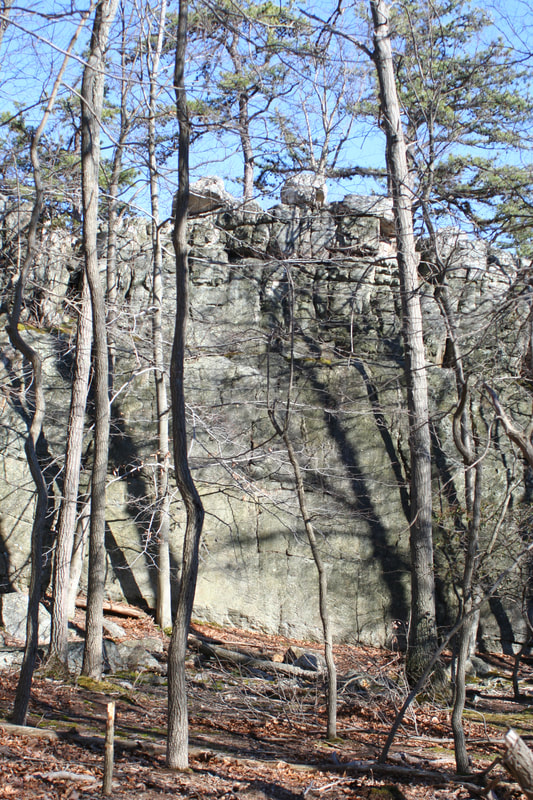 Wolf Rock and other such rocks in the park began as grains of sand that were washed off mountains to the west and deposited on a shallow sea that existed in this area 550 million years ago. When the African continent collided with North America 250 million years ago, and formed the Appalachian Mountains, the sand was compressed and crystalized into a very hard rock called quartzite. Since then, the Appalachians, which were once as high as the Rockies, have eroded down to the heights they have today, and ledges of quartzite like Wolf Rock that are more erosion resistant than the surrounding rock have been exposed. What impressed me at first about Wolf Rock is how massive it is and how suddenly is rises from the surrounding terrain. In fact, Wolf Rock is the only site in the park where rock climbing is allowed and there are several routes on the rocks that have names and are popular with local climbers. Once you climb to the top by a trail that you can barely make out among the rocks, you find yourself in a unique fractured landscape. When you head north along the surface of the rock you have to jump and climb your way around a maze of boulders and crevasses. The crevasses can be quite deep and they can swallow you whole if you fall! A remarkable feature of the top of Wolf Rock is the many pitch pine trees (Pinus rigida) that grow on the rocks. It’s amazing how these trees have adapted to this environment and make a living from the roots they insert into the cracks among the stones. The monolith is slowly breaking up into many discrete sections that give it the modular appearance that you see in the Google Maps image above. As you make your way among these cyclopean blocks you find traces of their ancestry like this mineral vein (see below) on the formations named King and Queen Rocks. The shadow of me taking the picture can give you an idea of the size of these boulders. At the north end of Wolf Rock, you find the emblematic Wolf’s Head Rock Pillar towering over the so called boulder garden in that area. In this section you also find the Suspended Rock, which is a slab of rock stuck in between adjacent boulders in a manner reminiscent of the famous Kjeragbolten boulder in Norway. Wolf Rock is not the longest, biggest, highest or many other -est rock formation in the United States, but for me it is a quiet out of the way place where I can connect with nature and wander around and ponder. Ponder about the magnificent geologic processes that shaped our planet over the eons. Ponder about the remarkable way life has evolved and adapted to the landscape as mountains were eroded into sand that washed into sea bottoms that in turn were lifted back into mountains that are now in the process of being eroded into sand again. Ponder about how humanity through observation and experiment has uncovered these amazing facts about our world. Alternatively, of course, I can just sit on a small boulder under the shadow of a pitch pine tree, close my eyes, and feel the wind blowing in my face. Google Maps image of Wolf Rock (copyright Google 2018) is used here as per Google's terms of use . All other pictures belong to Rolando Garcia. |
Details
Categories
All
Archives
June 2024
|
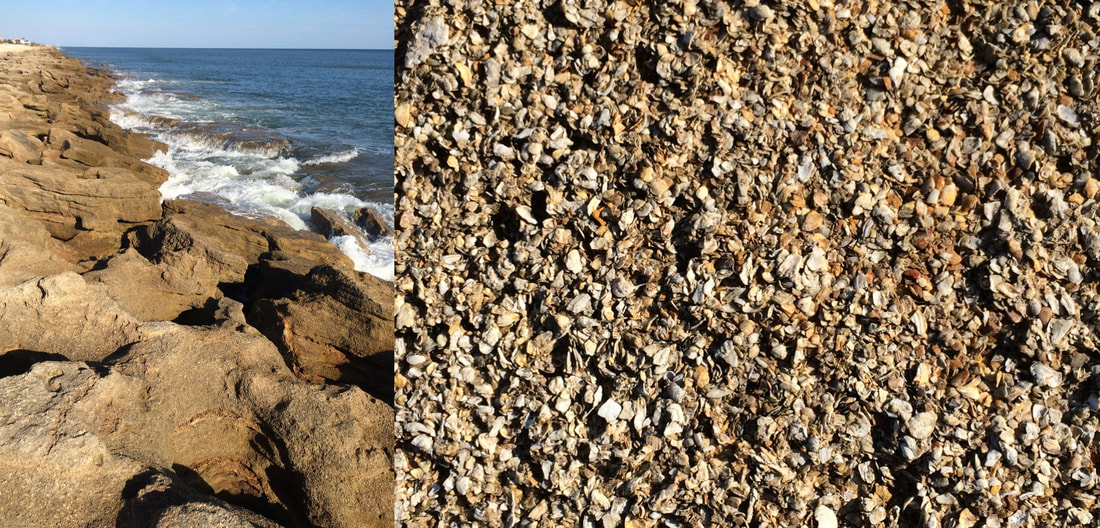
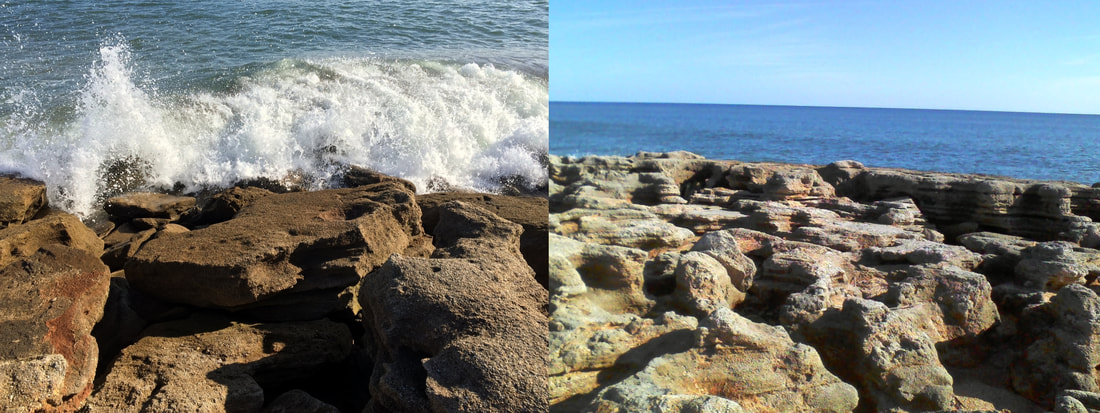
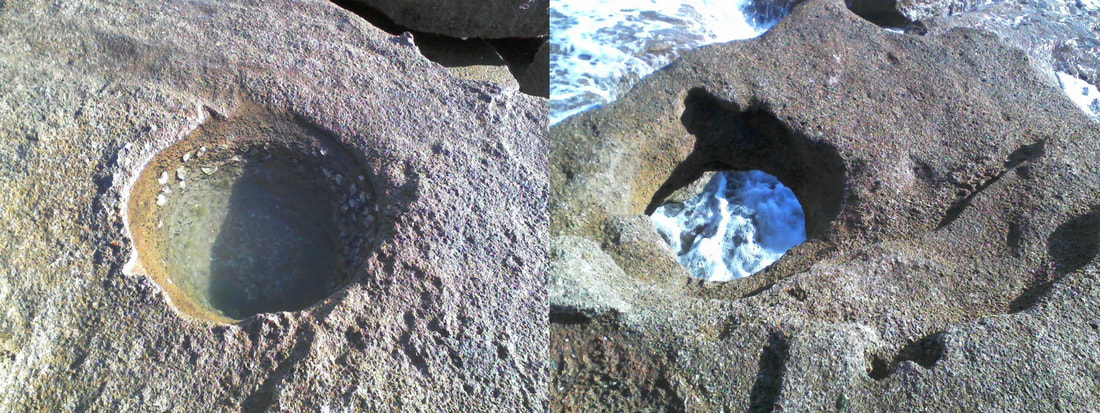
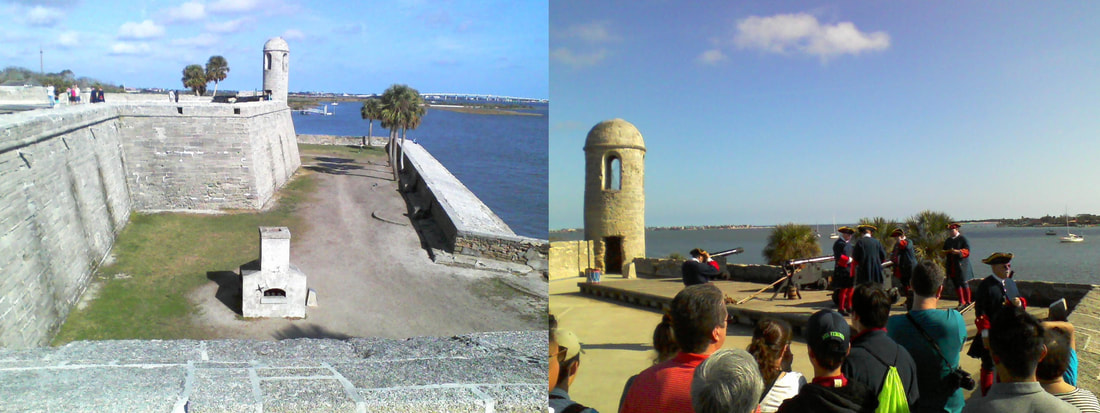
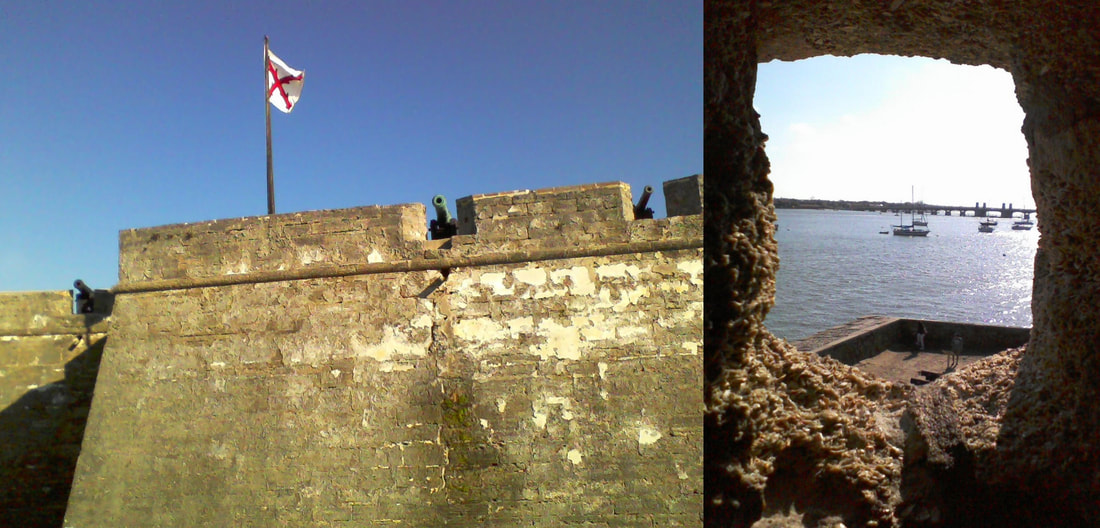
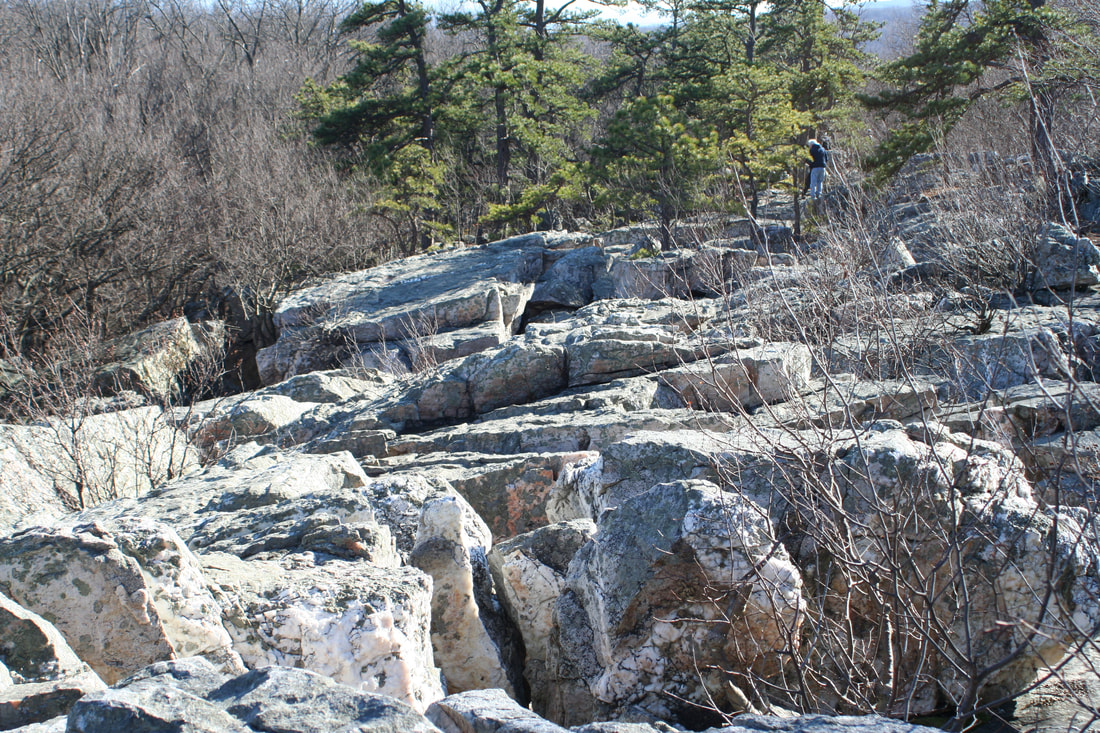
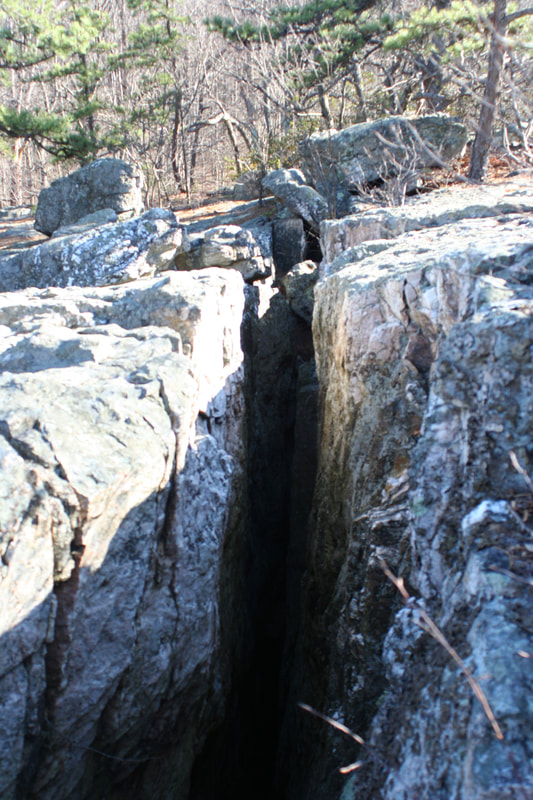
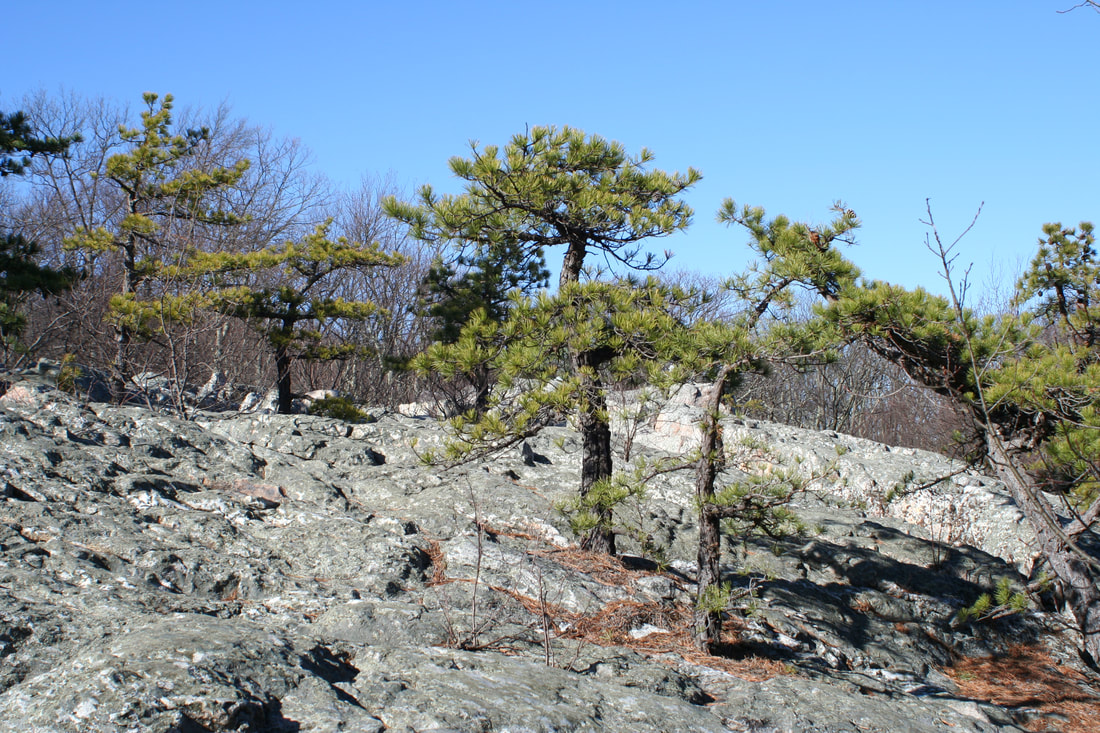
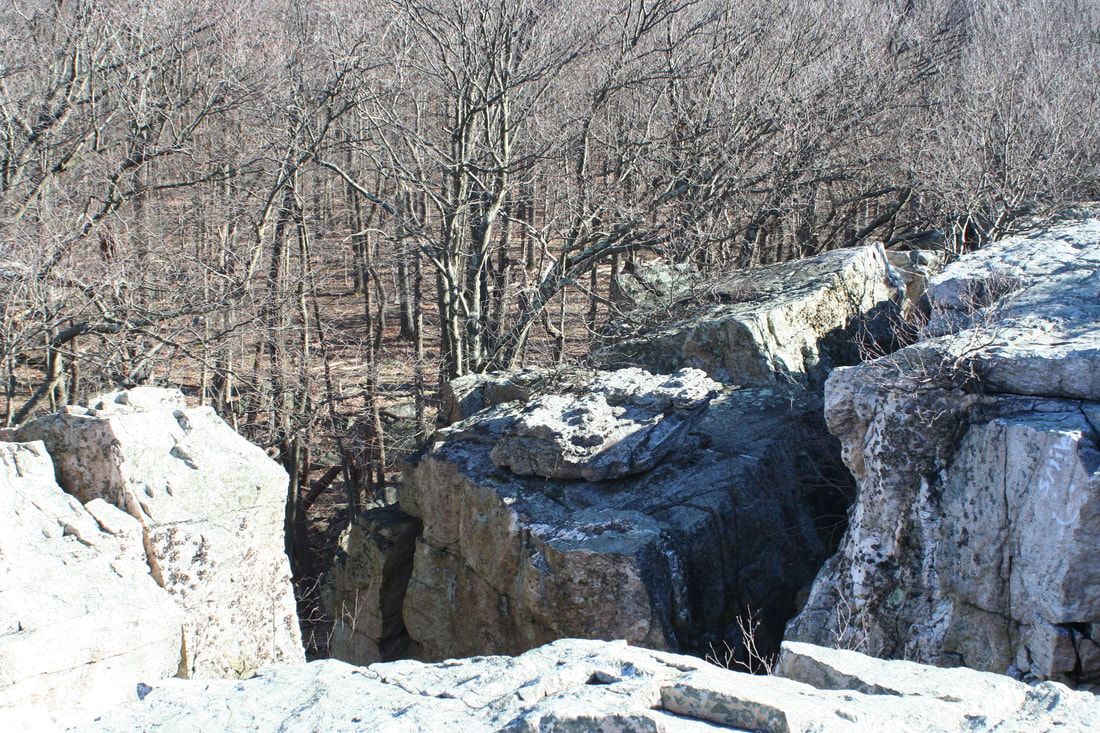
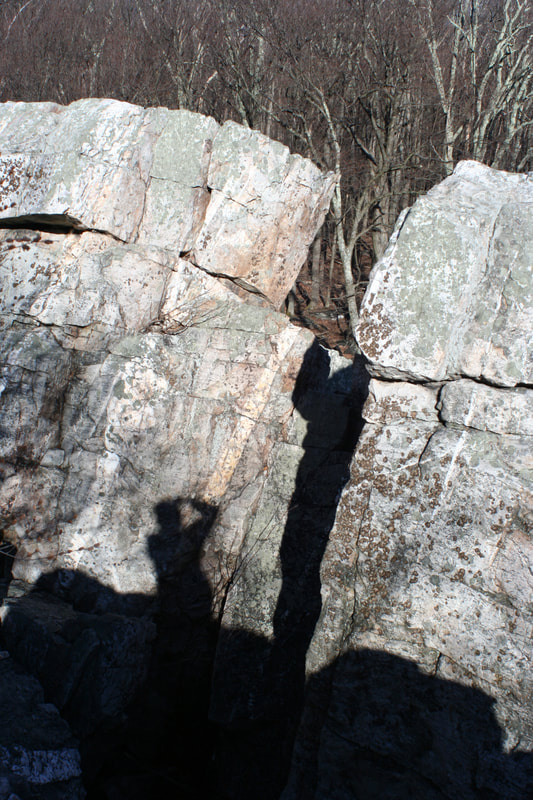
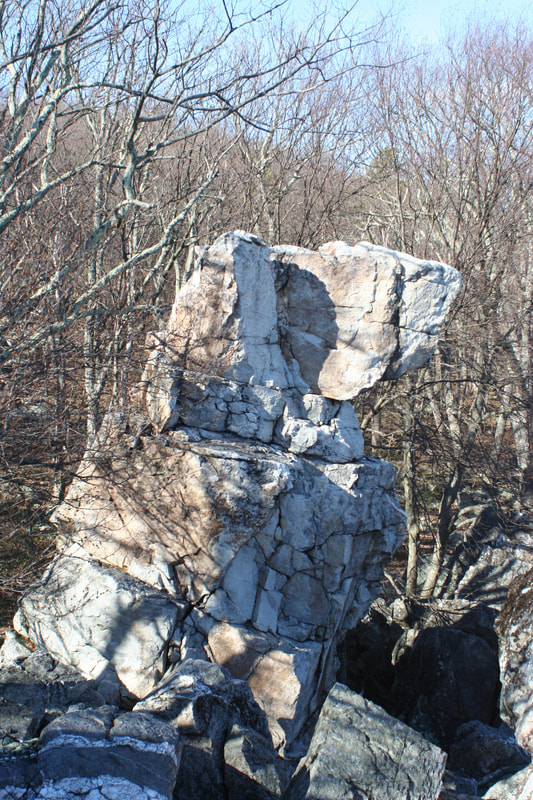
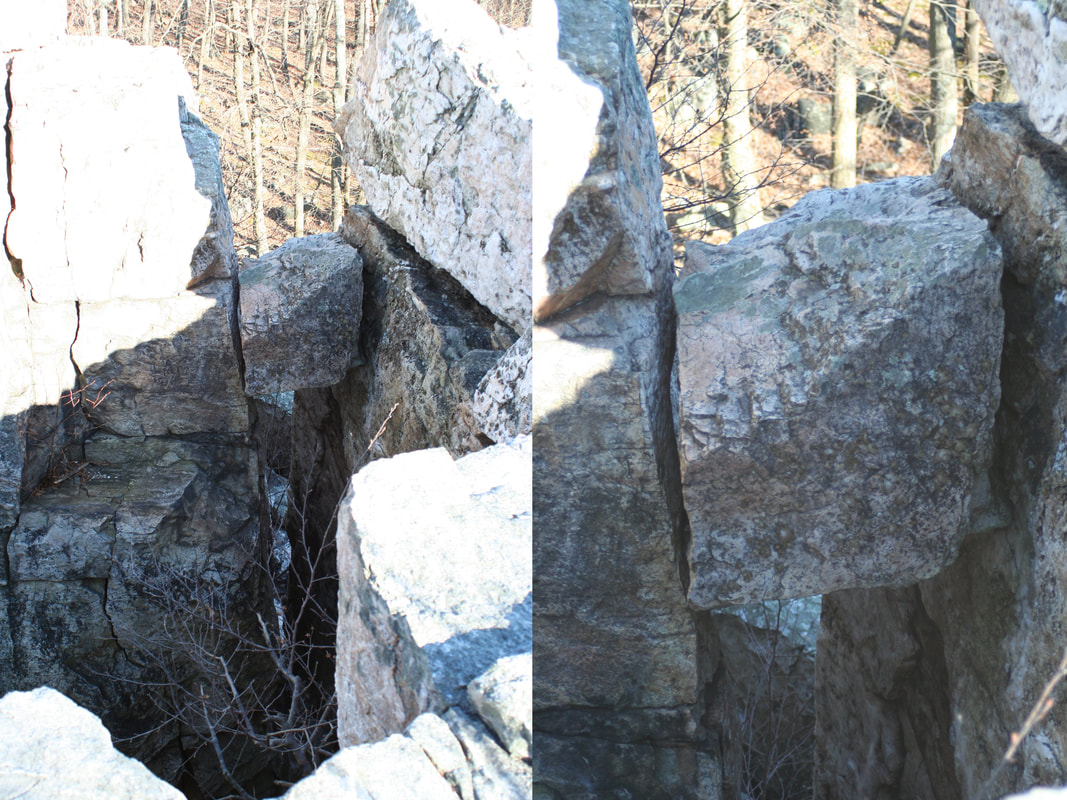
 RSS Feed
RSS Feed